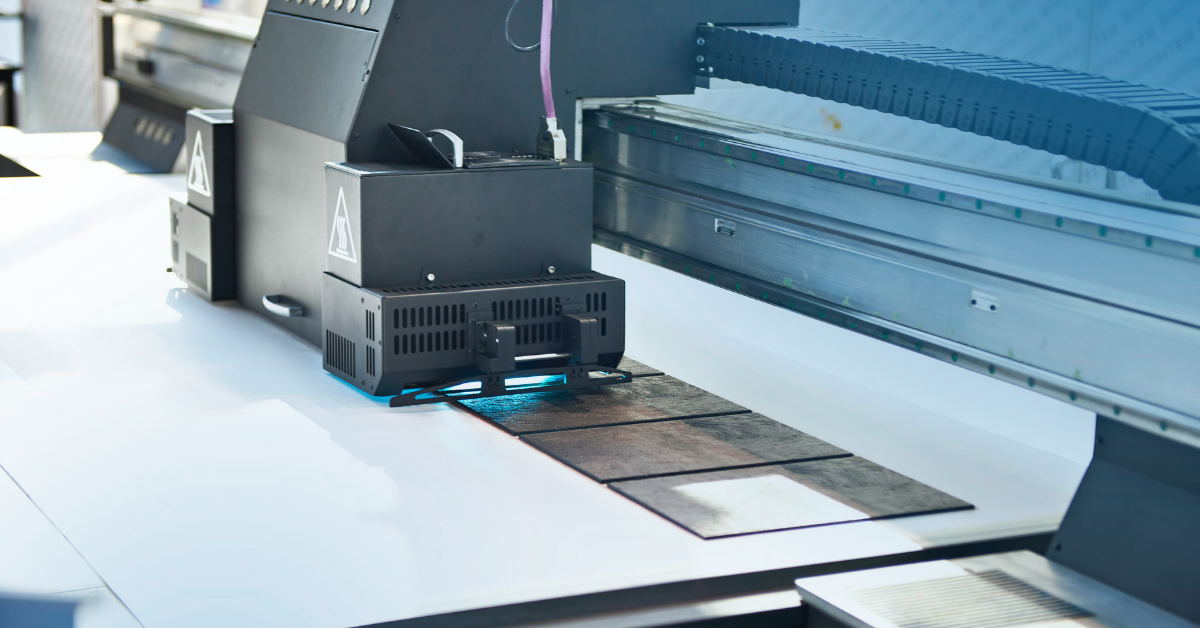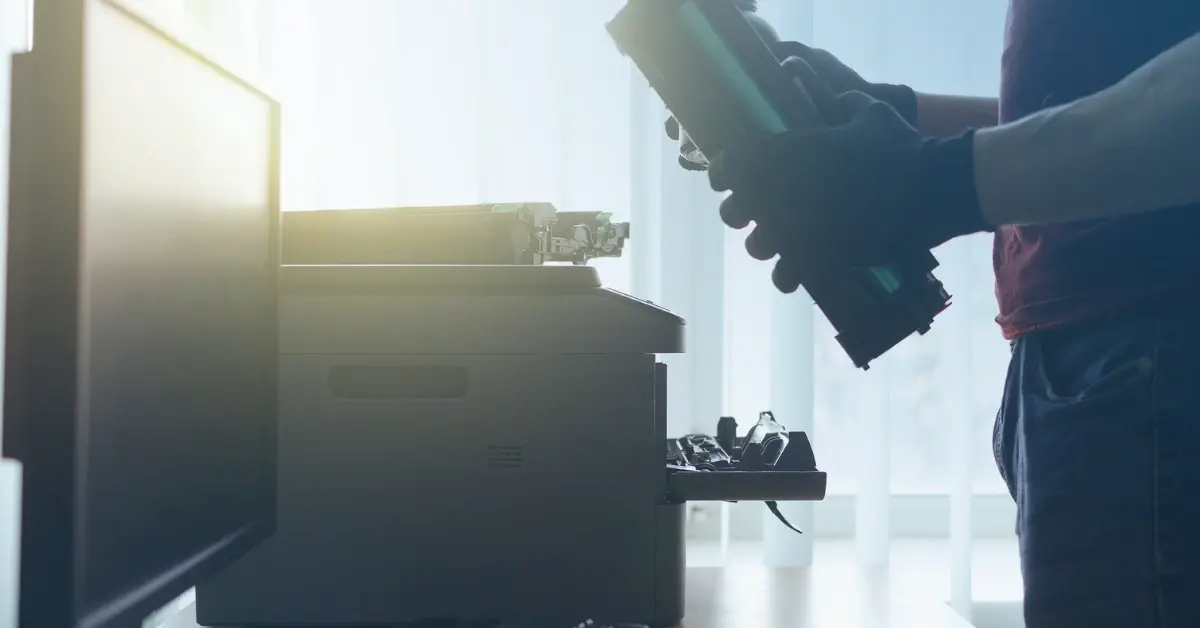Secure Education: TROY's Solution to Unsecured Firmware in Schools

In the world of technology, IT security should be a top priority for every industry. And when it comes to education, ensuring the safety of our students, faculty, and confidential information is paramount. Just as we take measures to protect ourselves from hidden dangers lurking beneath the ocean's surface, such as sharks, educational institutions must also be vigilant against invisible threats in our schools. One often overlooked area of vulnerability is outdated and unsecured printer firmware used in printing sensitive documents and checks. In this blog post, we will explore the hidden dangers of unsecured firmware in schools and how TROY Group's solution can help create a secure education system and, ultimately, a secure future.
The Unseen Dangers
When we think of security threats in schools, our minds often jump to physical safety or cyberattacks targeting sensitive data. However, one area that frequently goes unnoticed is the firmware embedded within printers, which can be just as vulnerable. Firmware serves as the operating system for printers, controlling every aspect of their functionality. If left unsecured or outdated, malicious actors can exploit vulnerabilities in the firmware to gain unauthorized access, compromise sensitive data, or disrupt school operations.
Much like the hidden dangers of sharks in the water, unsecured printer firmware can pose serious risks to the education industry. Hackers can gain access to personal student records, compromising student privacy and potentially leading to identity theft, scholarship scams or cyberbullying. They could also infiltrate administrative systems, altering grades, skewing university admissions, or tampering with financial aid applications for personal gains. Furthermore, a successful attack on school printers' firmware could result in disruptions to daily operations, affecting printing capability or leading to unintentional exposure of confidential documents.
Unsecured Firmware and Its Impact on Education
The consequences of unsecured printer firmware go beyond compromising data and disrupting operations. Educational institutions, particularly K-12 schools, often serve as a breeding ground for future tech-savvy professionals. By overlooking the security of printer firmware, we are failing to instill the importance of cybersecurity in our students. As an industry, education should lead by example, demonstrating the need for continuous vigilance and adaptation in the face of ever-evolving threats.
Outdated firmware can also lead to compatibility issues between printers and software applications. As educational technology advances, schools frequently upgrade their software, but fail to update their firmware accordingly. This lack of synchronization can cause printing errors or make it challenging for teachers and administrators to fully utilize the features of evolving educational software. Thus, unsecured firmware not only compromises security but also impedes the overall efficiency of the education system.
TROY Group's Secure Printing Solutions
So, how can we tackle these hidden dangers and secure our education systems? TROY Group, a leader in secure printing solutions, offers innovative solutions to address unsecured firmware in schools. In areas where concealed risks lie in wait, the remedies to combat these threats must squarely address the underlying origins of these vulnerabilities. In this instance, the fundamental cause can be traced back to the utilization of outdated firmware in check and document printing devices. To tackle this issue, TROY Group steps in with a comprehensive array of security features aimed at fortifying your firmware.
TROY Group’s MICR printers embrace the power of automation to seamlessly implement continuous and comprehensive firmware updates, bolstering the security of your check printing procedures. By harnessing automation, the potential for human errors and oversights, often associated with manual updates, is eradicated. Adding an extra layer of protection, the tray locking functionality of the MICR printer comes into play. This feature curtails unauthorized login attempts by setting a specific threshold, subsequently locking down the printer or account to preempt further illicit activities. This safeguarding mechanism shields sensitive documents and checks from both internal and external fraudulent endeavors.
TROY's surveillance solutions also grant government agencies an elevated vantage point to safeguard confidential documents against internal fraud. The TROY IntegriCheck™ system incorporates a visual monitoring camera, vigilantly overseeing document printing processes to detect anomalies or instances of internal misconduct. While its primary function may not be centered around identifying firmware vulnerabilities, the capacity to actively monitor the real-time printing workflow offers valuable insights into employee interactions with printing hardware. This monitoring framework ensures accountability and facilitates the identification and resolution of potential errors before they can be exploited.
Education is the foundation of a bright future, and as the world becomes increasingly digital, cybersecurity must be an integral part of our educational institutions. By raising awareness about the hidden dangers of unsecured firmware, we can take proactive steps towards securing our education systems. TROY Group's solutions provide effective technologies to identify vulnerabilities and strengthen printer firmware security in schools. Much like the efforts to reveal the shark in the shadows during shark week, our attempt to shed light on these hidden dangers can help education institutions to take swift action to protect student records and financial transactions. By investing in securing the printing process, we can pave the way for a secure future, ensuring the safety of our students, faculty, and sensitive data. So, let's swim ahead of the wave and embrace TROY Group's secure printing solutions for a brighter, safer tomorrow in education.
Related Posts

What is UV Printing? UV Curable Inks for Packaging
Ultraviolet, or UV printing is an advanced digital technology that cures specially designed inks using UV light. This process creates sleek, vibrant designs that dry instantly,..

Here's How to Beat Upcoming Postage Rate Increases
In 2024, a notable increase in postage costs became a reality. With postage increases expected to occur multiple times a year, it's important to be prepared for what's coming.

What is MICR Toner? A Guide for Check Printing
What is MICR? MICR stands for Magentic Ink Character Recognition, and it plays a critical role in check printing. If you're printing checks for your business, you should always be..



Leave a Reply